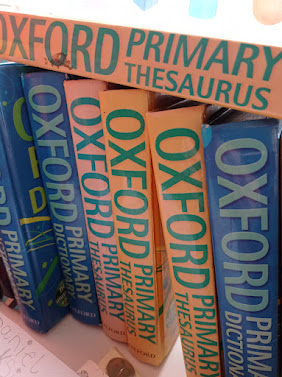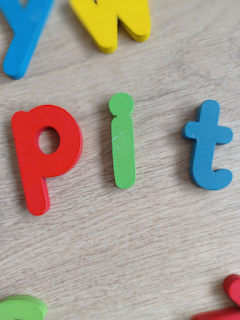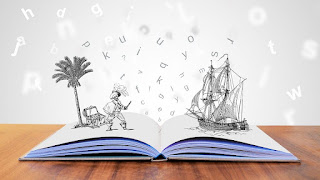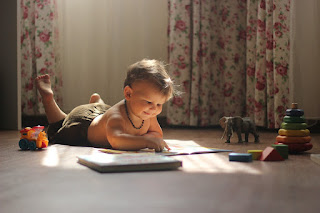Embracing Every Opportunity: Reading Practice Throughout the School Day

Reading is a foundational skill that forms the cornerstone of academic success and lifelong learning. In the bustling environment of a school day, opportunities for reading practice abound, presenting numerous chances for children to hone their literacy skills and gain confidence in their abilities. Today, let's explore the various opportunities woven into the fabric of a school day where reading can be practiced and celebrated. 1. Morning Assembly: Setting the Stage for Reading Success The school day often begins with a morning assembly, where students gather to kickstart their day. This serves as an ideal opportunity to incorporate reading practice by having students read aloud announcements, share interesting facts, or even recite poems or short passages. Engaging in reading activities from the outset fosters a positive attitude towards reading and sets the tone for the day ahead. 2. Reading Aloud: Bringing Learning Objectives to Life As educators, one of our prim...





